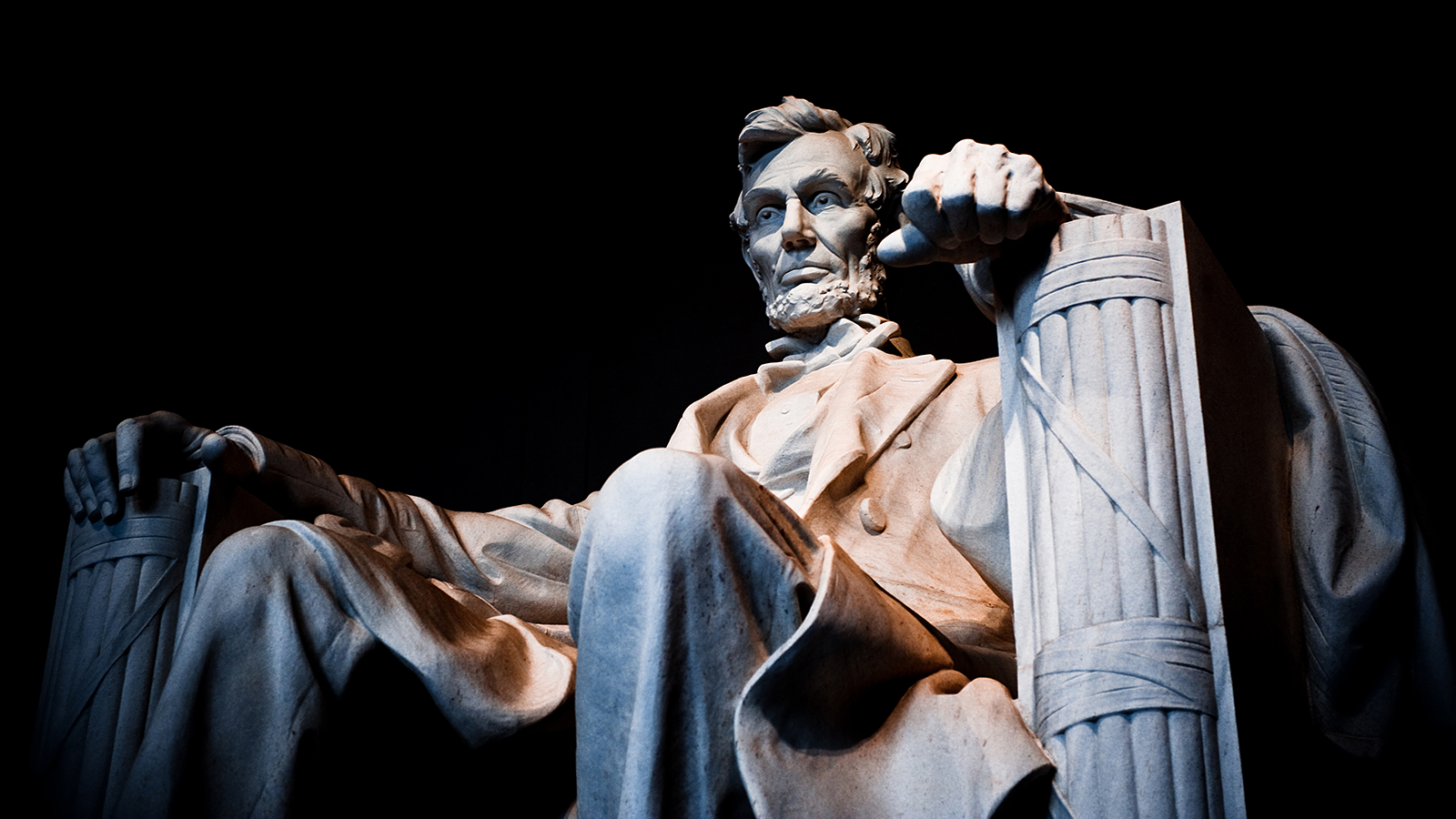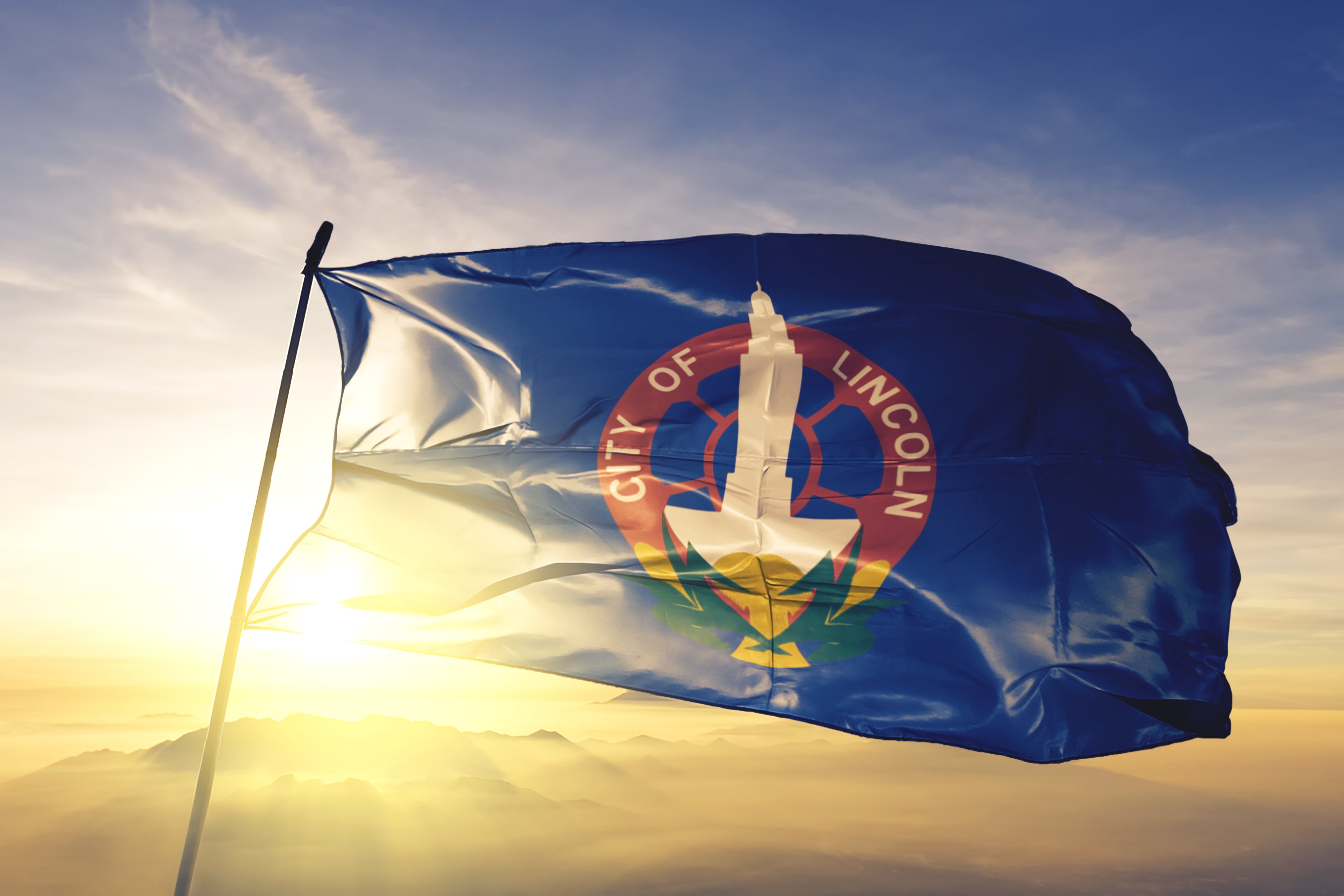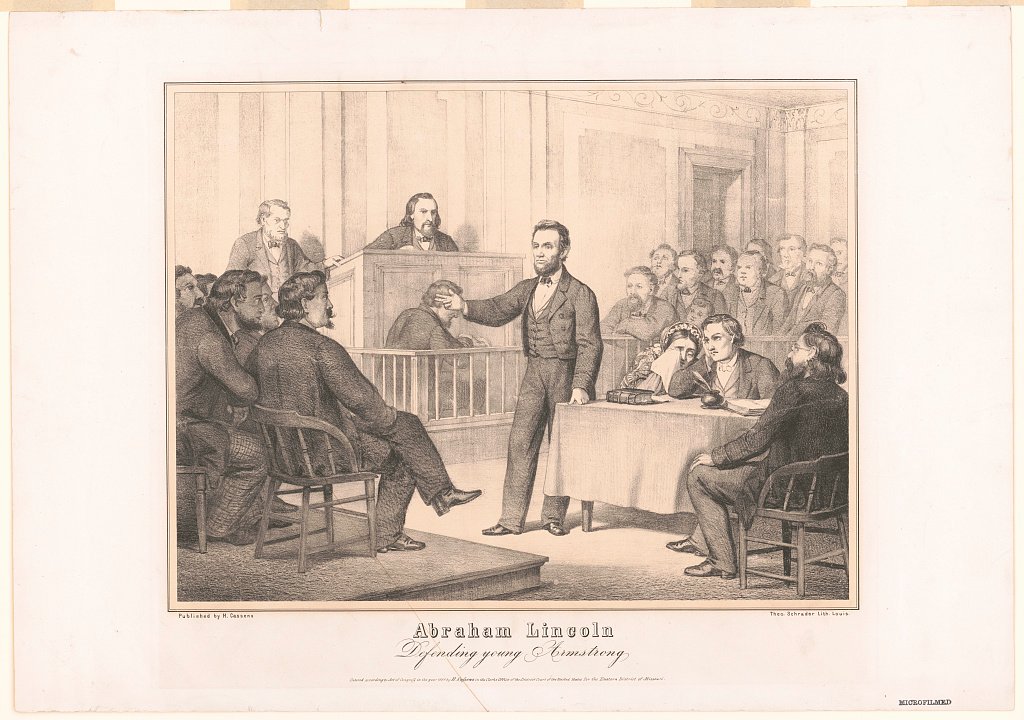
February is the month that many teachers typically introduce information about the sixteenth president, Abraham Lincoln. From his lessons on money to his famous Gettysburg Address and the Emancipation Proclamation, Lincoln is heralded as a great American hero. The question to consider is “How can one know the man who is so overwhelmingly portrayed by iconography (monuments and memorials)?”America’s first transcontinental highway was called the Lincoln Highway. Lincoln appears on the one-cent coin, the two-cent stamp, and the five-dollar bill. His face is carved on Mount Rushmore. The Lincoln Tunnel passes under the Hudson River. Lincoln logs were a popular children’s toy. Ford came out with the Lincoln automobile, and three navy vessels were named Lincoln. Composer Aaron Copeland debuted a musical creation called Lincoln Portrait. Sixteen National Park sites are associated with Lincoln, and there are over two hundred statues dedicated to Lincoln in the United States.
His Legacy Memorialized
Lincoln has been known by many names: Great Emancipator, Man of the People, First American, Savior of the Union. He was the “first” in many areas: the first president born in a log cabin, the first president born outside the original thirteen colonies, the first Republican president, and the first president to be assassinated. Kentucky, Indiana, and Illinois are dominated with Lincoln sites as each claims a part of his life: Lincoln’s birthplace is in Kentucky, the Lincoln family owned its first homestead in Indiana, and Lincoln spent almost thirty years of his life in Illinois. More than forty counties in Kentucky have Lincoln-related sites or historic markers. Illinois advertises itself as the “Land of Lincoln.” Interestingly, no state was named for Lincoln, but sixteen counties and forty-five cities have been named Lincoln.
America’s first transcontinental highway was called the Lincoln Highway. Lincoln appears on the one-cent coin, the two-cent stamp, and the five-dollar bill. His face is carved on Mount Rushmore. The Lincoln Tunnel passes under the Hudson River. Lincoln logs were a popular children’s toy. Ford came out with the Lincoln automobile, and three navy vessels were named Lincoln. Composer Aaron Copeland debuted a musical creation called Lincoln Portrait. Sixteen National Park sites are associated with Lincoln, and there are over two hundred statues dedicated to Lincoln in the United States.
Iconography of Lincoln abounds; he is not just honored in the United States. Statues of Lincoln exist in countries such as Mexico, England, Argentina, and Scotland. During the 150-year celebration of Lincoln’s birth, a science building was dedicated to Lincoln at a university in Israel, Trinidad held a Lincoln Memorial Walking Race, and stamps with his profile and iconic top hat were produced in Honduras, China, Ghana, Haiti, Nicaragua, Colombia, and Argentina.

Photo: iStock by Getty Images
For the Classroom
Challenge students to find out more about the life of Abraham Lincoln to gain a deeper understanding of who Lincoln was.
- Ask students to research the various jobs that Lincoln held (rail-splitter, boatman, soldier, storekeeper, surveyor, postmaster, lawyer, election clerk, state legislator).
- Ask students to research and find out how many times Lincoln lost elections (1832, defeated for state legislator; 1838, defeated for House Speaker; 1848, defeated for nomination to Congress; 1854, defeated for US Senate; 1856, defeated for nomination for vice president; 1858, defeated again for US Senate).
- Lincoln’s long arms and legs made him an easy character to caricature and ridicule. Ask students to find images that portray Lincoln in humorous ways. Analyze political cartoons and determine if they were for or against Lincoln’s policies.
- Lincoln challenged Stephen Douglas to seven three-hour debates during his run for Senate. Although Lincoln lost the election, he won acclaim as a spokesman for the Republican cause. The Lincoln-Douglas debate is a type of debate used by forensic leagues today. Ask students to research this type of debate and find connections with the original debates. Invite a forensics team to demonstrate this type of debate to students.

Photo: Library of Congress
- Lincoln struggled with depression as he faced the loss of his mother, sister, sweetheart and son. Talk to students about healthy ways to share their feelings and how to find safe people to share them with.
- Lincoln often carried important documents in his stovepipe hat. Ask students, “Why would Lincoln put papers in his hat rather than a bag or pockets? What kinds of documents do you suppose he carried?”
- Lincoln loved sports, and in particular baseball. He had a baseball diamond built on the White House grounds. Have students research the game rules of early baseball and determine how it differed from baseball today. Ask students to imagine what kind of player Lincoln might have been. What position might he have played?
Historical figures like Lincoln can often become idealized versions of themselves because of iconography. Challenge your students to look beyond traditional textbook rhetoric to the human being behind the legacy.
Seeking more professional learning resources?
Discover what our professional development department has to support your teaching
Kay Gandy is a retired professor of 17 years and a retired elementary teacher of 27 years. Her goal is to work with teachers in countries around the world and watch movies in foreign theaters. Her books Mapping is Elementary, My Dear and 50 Ways to Teach Social Studies (June 2021) provide practical lesson ideas for elementary teachers.
